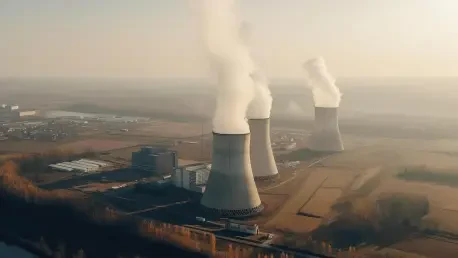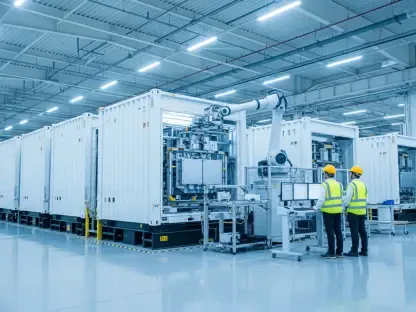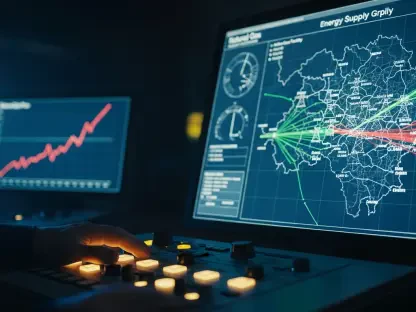In a rapidly changing global energy landscape, the focus on nuclear power investments has reached a critical point, emerging as a pivotal component in transitioning toward sustainable energy solutions. Nuclear power offers numerous advantages such as reliability and low carbon emissions. However, investments in this sector involve intricate geopolitical and economic dimensions. The intricacies of this phenomenon can be understood through examining current trends, analyzing expert insights, and exploring future potential.
Current Landscape of Nuclear Power Investments
Data and Growth Trends in Nuclear Power
The nuclear power sector has witnessed incremental growth, driven by increasing environmental concerns and the need for cleaner energy sources. As nations strive to decarbonize their energy matrices, nuclear power has become an attractive option. Recent reports indicate a steady uptick in nuclear energy investments, highlighting significant projects and governmental strategies aimed at bolstering energy independence. According to data, nations are seeing increased adoption of nuclear technology, evidenced by a rise in new reactor constructions across various countries, underscoring nuclear power’s potential as a critical energy pillar.
Real-World Applications and Case Studies
Real-world examples of nuclear power investment strategies demonstrate the practical benefits and challenges of this energy form. The Czech Republic’s decision to invest in a nuclear power project, choosing South Korea’s KHNP over France’s EDF, exemplifies a significant shift in the global energy domain. This decision, anchored in considerations of cost and timing, illustrates the complex interplay between national strategic interests and corporate competition. Such case studies provide valuable insights into the operational and strategic factors influencing nuclear power investments, accentuating their role in sustainable development and energy security.
Expert Opinions on Nuclear Power Trends
Esteemed voices in the nuclear sector have underscored the importance of transitioning toward nuclear energy. Industry experts highlight the dual nature of nuclear investments: while they offer solutions to climate change concerns, they pose unique challenges such as high initial costs and intricate regulatory landscapes. Insights from thought leaders stress the importance of strategic collaborations and technological advancements as essential components in the successful integration of nuclear power into mainstream energy domains. By leveraging these insights, stakeholders can navigate the potential hurdles, moving confidently toward a more sustainable future.
Future Prospects of Nuclear Power Investments
Exploring the future, nuclear power investments appear poised to expand significantly, shaping energy strategies across industries. Anticipated advancements include the development of next-generation reactors, optimized for safety and efficiency. While these prospects hold considerable promise, challenges related to public perception and regulatory compliance persist. The broader implications across industries are profound, potentially influencing global energy policies and fostering cross-border partnerships. As nuclear power continues to evolve, it promises both opportunities and challenges, shaping the broader narrative of sustainable energy transformation.
Conclusion
To conclude, nuclear power investments stand at a crossroads, balancing potential against complexity. The intersection of strategic national interests and international dynamics reflects the challenges and opportunities inherent in nuclear adoption. With continued emphasis on innovation and strategic planning, nuclear investments have the opportunity to redefine the energy landscape, contributing significantly to a sustainable future. Recognizing the intricacies and embracing collaborative approaches can ensure a brighter, more balanced energy future, continuing to evolve and respond to the world’s energy demands.









